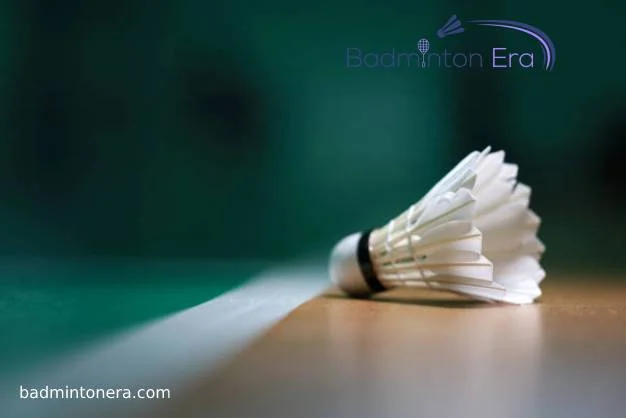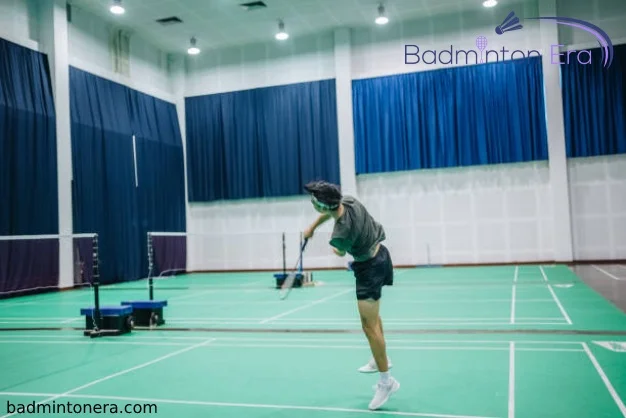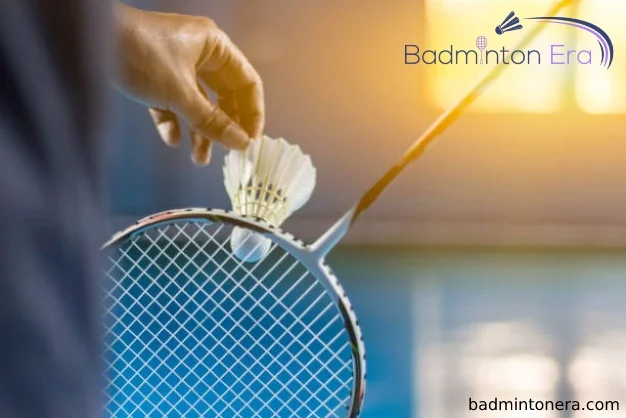How to Choose Correct Badminton Racket String Tension?
How to Choose Correct Badminton Racket String Tension wisely? The answer to this question is obviously different for beginners, intermediate, and advance level badminton players.
However, for a casual or beginner player, it’s frequently advisable to just use the original racket strings instead of worrying too much about customizing strings and tension when buying a new racket.
In the UK, manufacturers often supply string rackets already. These producers often use a thicker, more resilient string at low tension. This is frequently the greatest choice for a player who is still learning and honing their skills since the thick string will typically endure for a very long period before breaking.
The sweet spot on the racket head will remain as large as possible thanks to the decreased string tension, which also makes the racket more comfortable to use.
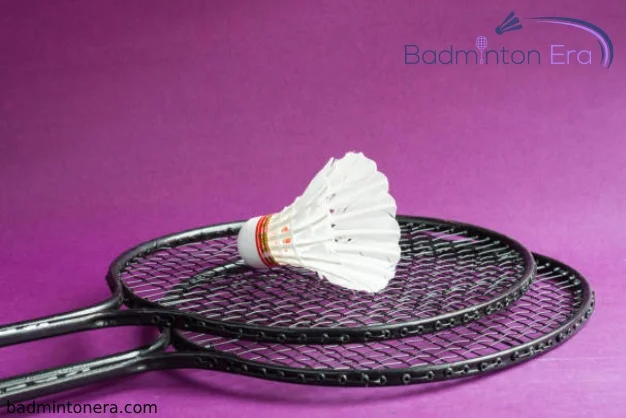
So how do you Choose Correct Badminton Racket String Tension?
You’re not the only one who may be perplexed or uncertain about badminton strings. There are many factors to take into account, but we have made an effort to break down the data you require to make the best selection possible.
What kind of string are you seeking?
Typically, there are three basic classifications for badminton racket strings:
- Power cord (sometimes referred to as repulsion strings)
- Control character
- Sturdiness string
Look for the playing qualities!
Power Strings:
As the name implies, these badminton racket strings are made to give your game more tempo and force. Typically, power strings have a narrower gauge (string diameter: 0.68 or below). They are best suited for offensive singles players and backcourt doubles players.
Typical Power Strings Incorporate:
- Yonex BG80 Power
- Yonex BG66 Ultimax
- Yonex Nanogy 98
- Yonex Aerosonic
- Ashaway Zymax 66 Fire Power
- Ashaway Zymax 64 TX
Control Strings:
Control badminton strings are usually made with a string that has a more textured surface. This enables you to strike the shuttle with greater “bite.” Players in front-court doubles and singles who want to play precise spinning net shots and delicate slices will find control strings to be very helpful.
Popular Control badminton racket Strings Include:
- Yonex Nanogy 99
- Yonex BG Aerolite
- Ashaway Zymax 66 Fire
- Ashaway Zymax 68 TX
- Yonex BG80
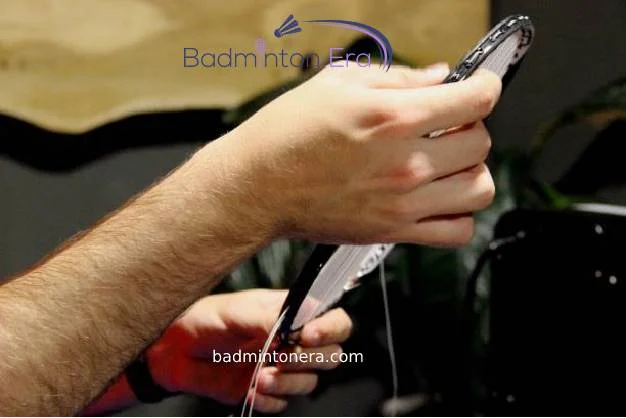
Durability Strings:
Durability badminton racket strings are designed for players who want their strings to survive a little bit longer and avoid frequent, expensive journeys to the neighborhood re-stringer. They typically have a gauge of 0.70 mm or greater. It is suitable for players who routinely practice or want the most bang for their buck from their strings.
Popular Durability Strings Include:
- Yonex BG65 (Particularly suited to beginners)
- Yonex BG65Ti Titanium
- Yonex Nanogy 95
- Ashaway Zymax 69 Fire
In general, beginning players should select a durability-type string. This is justified by the fact that novice players are more likely to mishit the shuttle, which in turn places more strain on strings outside of the sweet spot and leads to breakage. Strings with greater durability are thicker and more resilient to the strains brought on by off-center strikes.
Should I pick a certain tension while restringing my badminton racket?
It is based on these four points that how to choose the badminton racket string tension:
- Player prowess
- range of racket tension
- Your desired string’s duration
- What kind of shuttle are you using?
Before choosing the correct badminton racket string tension, you must know the string tension deeply.
Badminton String Tension Overview:
you can measure string tension in pounds or kilograms. Badminton racket tensions range from 18 pounds to 34 pounds, and there is a significant variation between these.

A higher string tension:
It allows for more touch and control. The sweet area in the center of the racket must be regularly struck for this to happen, though. The sweet spot gets narrower as your stress rises. You must have excellent technique and timing to achieve a quick swing speed in your striking movement. Your strings are more prone to break quickly the strain, and this depends on the string you select.
A lower string tension:
You will have less control since the string bed will be looser (like a trampoline) and the strings will absorb the shuttle more.
Because the sweet spot is larger, the string will be more forgiving if you don’t time the shuttle perfectly on every shot. You will be able to hit the shuttle more frequently and cleanly as a result, with fewer misses.
If you are unable to consistently strike the shuttle in the sweet spot, the likelihood of breaking strings will be lowered. It should go without saying that the more you lower your tension, the longer your strings will endure.
Which Badminton racket String Tension Should You Pick?
Your standard and the string you’re using should both influence the string tension you pick.
Choosing Your Tension:
Your standard advanced players will perform better with greater tension. With a tighter string, you have better feel and control. It does, however, have a smaller sweet spot, so you must have superb timing and skill.
- Because of this, advanced players benefit more from higher stress. A high tension goes from around 28 pounds (or 12 kilograms) upwards, rising as high as 34 pounds.
- Compared to experienced players, intermediate players will want a slightly larger sweet spot and they probably won’t want to spend money on restrings every week. Therefore, a string tension of 24 to 28 pounds would be appropriate.
- String tension should not be greater than 24 lbs for new players. Before cranking up the tension, practice your timing and technique.
Overall, you need to time your shots more carefully the tighter your strings are. Using a greater tension can put you at a disadvantage if you can’t create quick racket head speed or reliably reach that sweet spot!
This might be the reason you’re missing shots if your strings are tight and you frequently experience string breakage. The strings are more prone to break at this point since there are just single strings covering this location.
Your strings may be overly tight and less forgiving when you’re not striking in that narrower sweet zone if you frequently suffer from shoulder injuries.
Deciding Your Tension: String You Use
The string you select is the second factor you need to consider when choosing your tension. If you choose a thinner racket string, then lower the tension. Because it will be less durable than a thicker string at the same tension while still providing you with significant repulsion and power.


